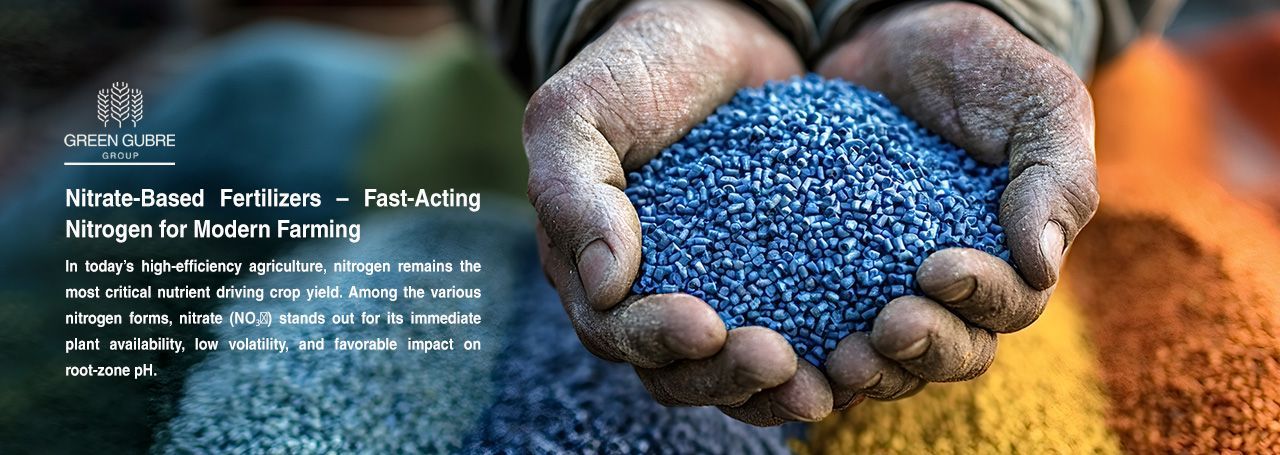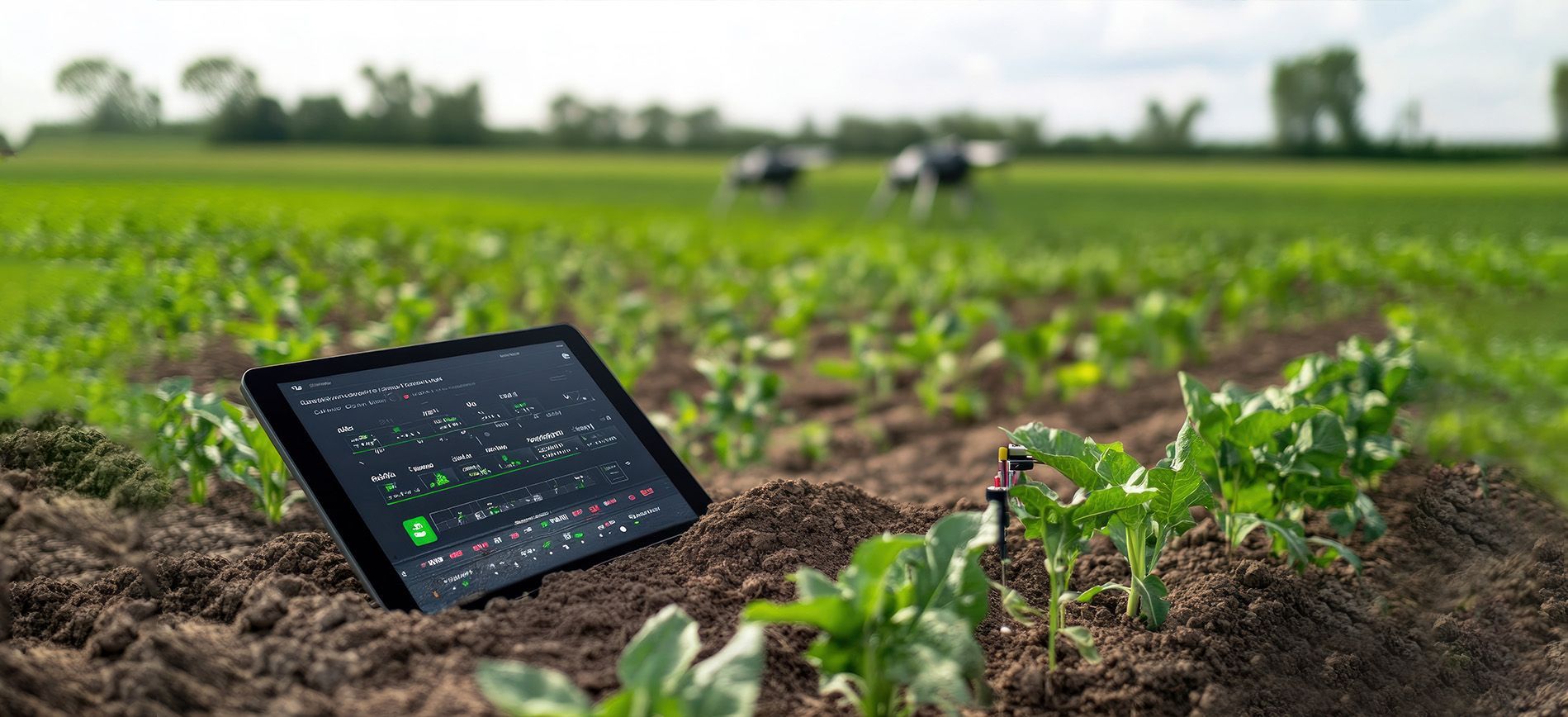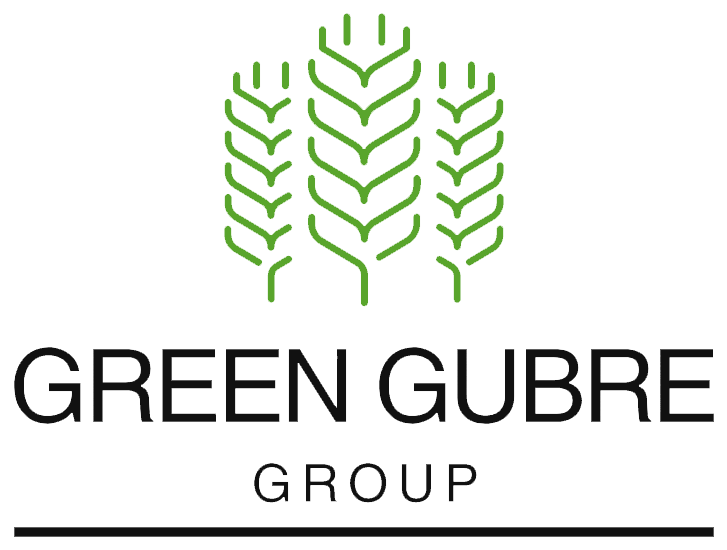Nitrate-Based Fertilizers – Fast-Acting Nitrogen for Modern Farming
Nitrate-Based Fertilizers – Fast-Acting Nitrogen for Modern Farming

Introduction: The Value of Nitrate in Crop Nutrition
In today’s high-efficiency agriculture, nitrogen remains the most critical nutrient driving crop yield. Among the various nitrogen forms, nitrate (NO₃⁻) stands out for its immediate plant availability, low volatility, and favorable impact on root-zone pH. Unlike urea or ammonium, which require microbial conversion, nitrate nitrogen is instantly usable by plants, making it an indispensable input in intensive cropping systems, precision fertigation, and controlled-environment agriculture.
Nitrate-based fertilizers—such as calcium nitrate, potassium nitrate, and ammonium nitrate—are widely favored in vegetables, fruit crops, and hydroponics, where nutrient timing and quality outcomes matter most.
What Are Nitrate-Based Fertilizers?
Nitrate fertilizers are nitrogen-containing compounds that deliver nitrogen primarily in the nitrate (NO₃⁻) form. This form:
- It is highly soluble in water.
- Moves readily through the soil to plant roots.
- It is
immediately available for uptake without transformation.
Common nitrate fertilizers include:
- Calcium Nitrate (Ca(NO₃)₂): Provides both nitrate-N and calcium.
- Potassium Nitrate (KNO₃): Offers nitrate-N and potassium in one application.
- Ammonium Nitrate (NH₄NO₃): Contains a balanced mix of nitrate and ammonium nitrogen.
- Magnesium Nitrate: Delivers both magnesium and nitrate-N, beneficial in foliar applications.
Benefits of Nitrate-Based Fertilizers
| Benefit | Impact |
|---|---|
| Immediate Uptake | Nitrate is absorbed rapidly by roots, ideal for time-sensitive crop stages. |
| Promotes Balanced Growth | This product encourages vegetative growth without the excessive top growth often seen with ammonium. |
| Improves Cation Uptake | Helps balance calcium, magnesium, and potassium absorption. |
| Minimizes Soil Acidity | Nitrate uptake raises rhizosphere pH, reducing acidification risk. |
| Supports Quality Crops | This process enhances firmness, sugar levels, and shelf life in fruits and vegetables. |
Source – Journal of Plant Nutrition
Ideal Applications and Crops
Nitrate-based fertilizers are beneficial for:
Crops:
- Tomatoes, peppers, cucumbers
- Leafy greens (lettuce, spinach, kale)
- Potatoes, carrots, onions
- Citrus, strawberries, grapes
- Flowers (roses, gerberas, chrysanthemums)
Situations:
- Greenhouse and hydroponic systems
- High-frequency fertigation
- Flowering and fruit set stages
- Soil-less media or acidic soils
- Regions with high rainfall (to avoid ammonium leaching)
Source – Fertilizer Focus Magazine
Nitrate Fertilizer Types – A Quick Comparison
| Product | N Content (%) | Additional Nutrients | Best Use |
|---|---|---|---|
| Calcium Nitrate | 15.5 (as NO₃⁻) | 18.5% Ca | Fruit crops, root health |
| Potassium Nitrate | 13 (as NO₃⁻) | 46% K₂O | Fruit ripening, quality boost |
| Ammonium Nitrate | 34 (half as NO₃⁻) | - | Broad-acre crops, base/top dressing |
| Magnesium Nitrate | 11 (as NO₃⁻) | 9.5% Mg | Foliar spray for fruit & vegetables |
Source – Yara International Product Specs
Best Practices for Use
- Fertigation: Ideal for delivering nitrate directly to root zones with precision.
- Foliar Spraying: Especially with magnesium nitrate or potassium nitrate in fruiting stages.
- Top/Basal Application: Common for ammonium nitrate in cereals and maize.
- Avoid Overuse: Nitrate is mobile in soil—apply in split doses to minimize leaching.
- Avoid mixing with Urea or Sulfates: Unless solubility and compatibility are confirmed.
Environmental Considerations
While nitrate is fast-acting, its mobility also makes it susceptible to:
- Leaching into groundwater in sandy or over-irrigated soils.
- Runoff, especially when applied before heavy rainfall.
To prevent environmental harm:
- Match application to crop uptake curves.
- Use nitrification inhibitors in vulnerable zones.
- Adopt
precision irrigation techniques (e.g., drip or micro-sprinklers).
Green Gubre Group’s Nitrate Fertilizer Portfolio
At Green Gubre Group, we offer a complete range of premium nitrate fertilizers:
- Calcium Nitrate – Low-dust grade for fertigation and field crops.
- Potassium Nitrate – High purity, ideal for greenhouse and fruit applications.
- Ammonium Nitrate – Agricultural-grade with moisture control agents.
- NPK Blends with Nitrate Base – Tailored to regional soil and crop needs.
- Magnesium Nitrate Foliar Products – Rapid-corrective sprays for quality crops.
All products are tested for solubility, purity, and compatibility, and supported by:
- Agronomic planning services
- Custom fertilizer blending
- Water and solution pH testing
Conclusion: Smart Nitrogen Starts with Nitrate
Nitrate-based fertilizers empower farmers with speed, precision, and flexibility. Whether you’re feeding tomatoes in a drip system or top-dressing wheat in open fields, nitrate ensures efficient nitrogen uptake without delay or risk of soil acidification. In a world where timing, efficiency, and sustainability define profitability, nitrate is more than just nitrogen—it’s strategic nutrition for the future of farming.




